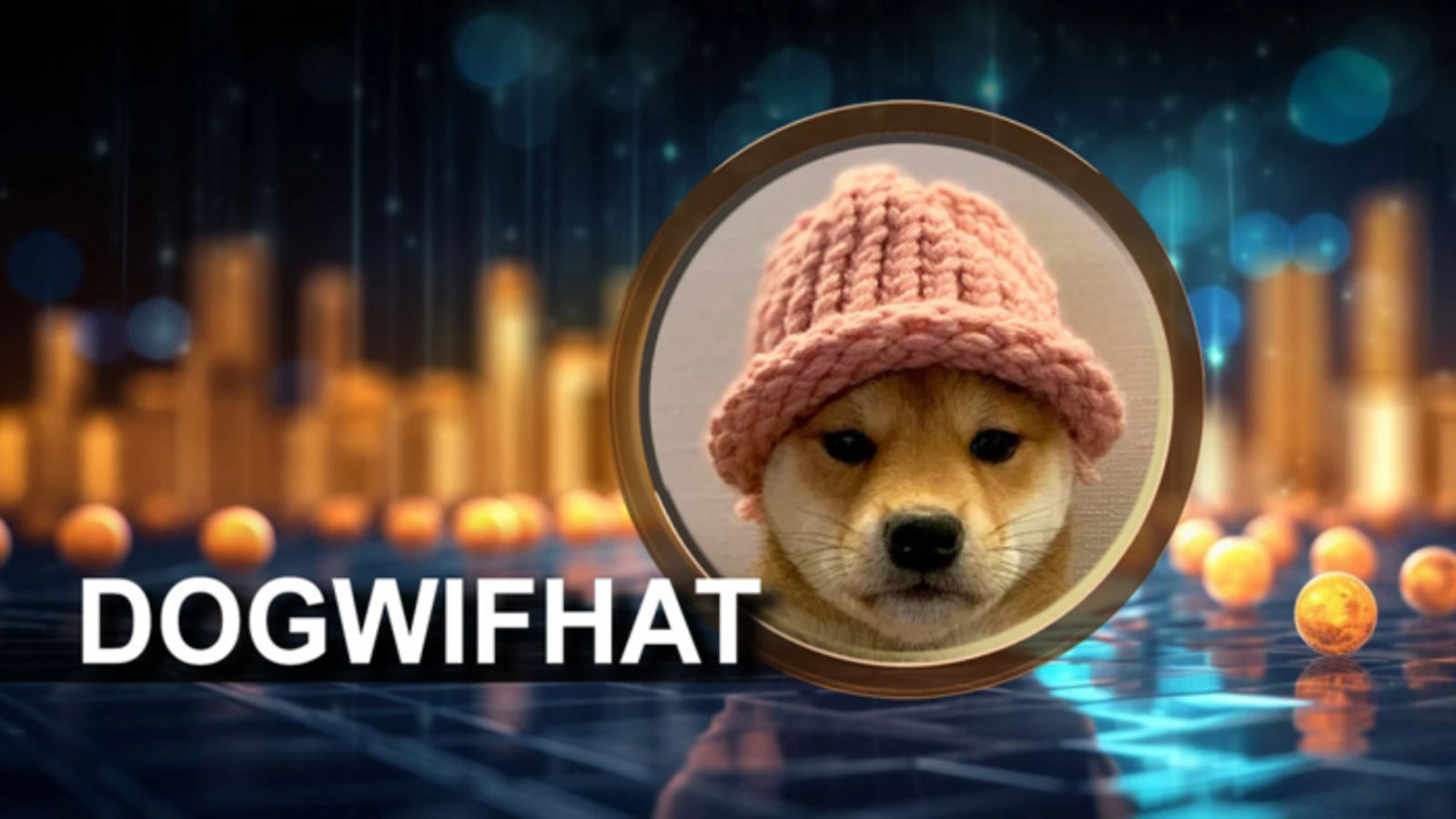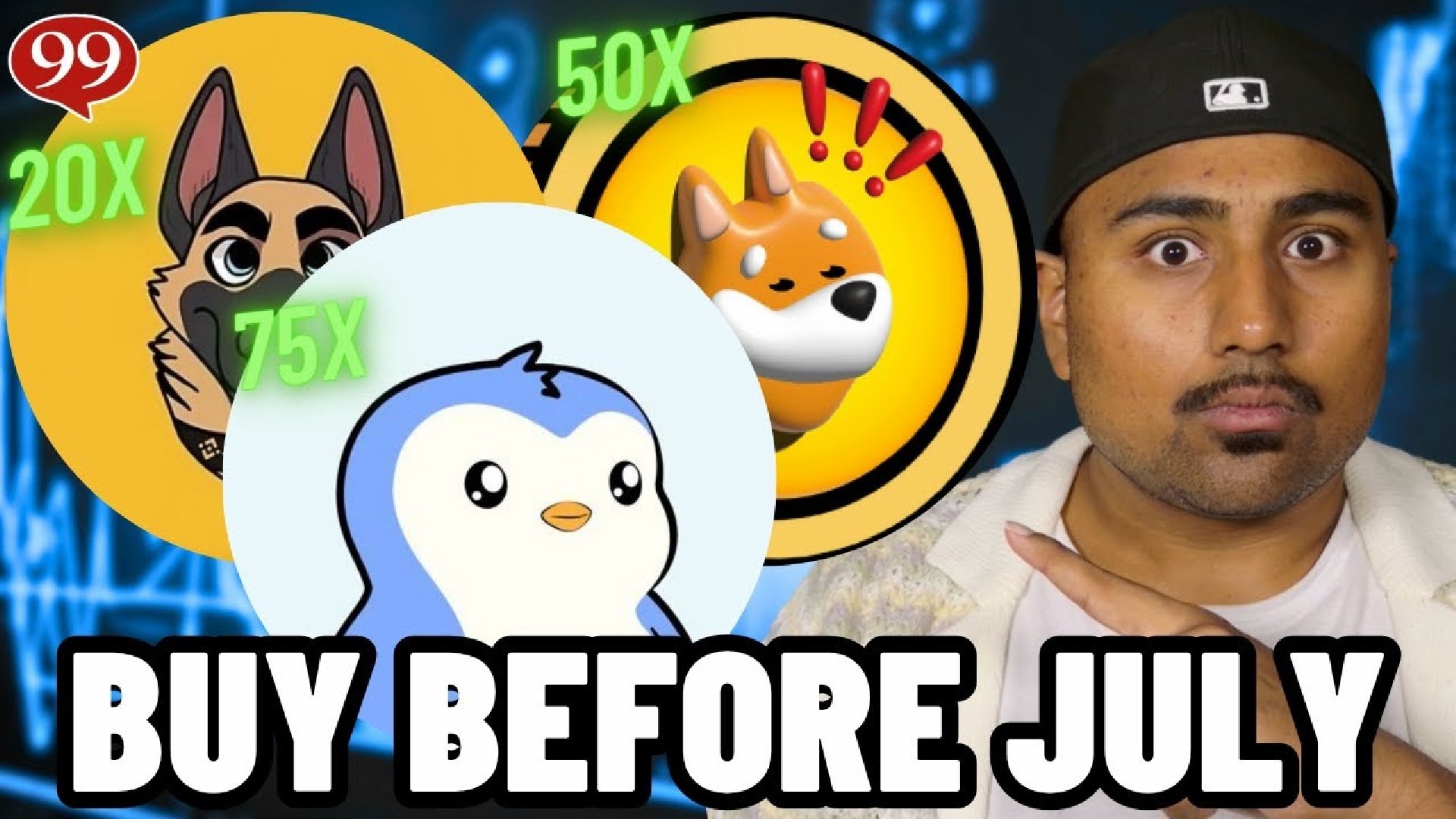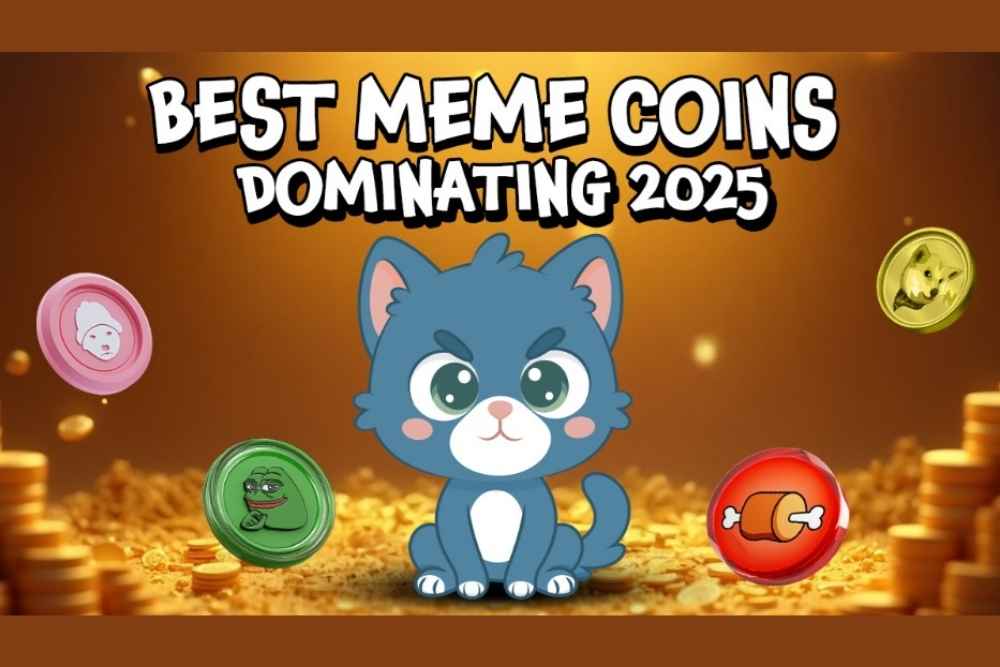Best crypto coins to buy in 2025: 7 Meme coins that could skyrocket soon
In 2025, the meme-coin world is changing from just funny online jokes to genuine tech, tokenomics, and ecosystems. It's time to put the spotlight on a carefully chosen group of seven meme coins: Little Pepe (LILPEPE), Pepe Coin (PEPE), Bonk (BONK), Dogwifhat (WIF), Floki (FLOKI), Brett (BRETT), and Popcat (POPCAT). Each of these coins has a unique story and is ready to break out this summer and beyond. They are the next generation of meme assets: viral yet structurally sound, driven by the community yet cognizant of their value, and speculative yet grounded in new ideas.
Little Pepe (LILPEPE) isn't simply popular; it's changing the meme coin category from the ground up. LILPEPE is a native Layer 2 EVM protocol explicitly designed for meme tokens. It addresses central issues that older meme coins have, such as excessive gas fees, network congestion, bot sniping, and centralization. Little Pepe is making a whole ecosystem, not just a token. It has no transaction tax, very cheap fees, contracts that are hard for bots to break, and a built-in Pump Pad launchpad that locks up liquidity and protects meme projects. The Stage 3 presale is underway at $0.0012, and to date, it has raised over $1.7 million and sold more than 1.5 billion tokens, representing over 71% of the Stage 3 supply. Retail investors can buy at littlepepe.com using ETH or USDT. They can join through MetaMask or WalletConnect and stay up-to-date with progress on Telegram. Its clear tokenomics (26.5% presale, 13.5% staking, and 30% chain reserves) give it both short-term and long-term potential. Little Pepe is becoming the structural anchor of the upcoming meme season as meme culture becomes more serious.
Pepe Coin is still one of the most recognized meme tokens, with an extensive online cultural history. Its rise to prominence coincided with "meme season" as it was propelled to the top of crypto charts, largely driven by the well-known Pepe the Frog meme. PEPE's strength stems from its massive network effect, which gives it a market capitalization in the billions and makes it highly liquid for trading. It is hosted on major exchanges, is popular among DeFi trackers, and is frequently discussed on social media when meme sentiment increases. Traders typically use PEPE to gauge the performance of meme coins and their rate of growth. Because it's easy to use and share, it's a default choice for crypto users who want to achieve pure viral publicity. Because people are still using it on-chain and in the community, it may easily rise again when meme fever hits again. This could make it a key part of any meme portfolio.
Bonk was the first meme coin on Solana to garner significant attention from the general public. It used Solana's quick, low-fee chain and a substantial airdrop to establish a considerable following. Bonk is not a small company. It has a market valuation of over $1 billion, with over 80 trillion tokens in circulation, and daily transactions exceeding $250 million. Its deflationary burn mechanics, regular token utility tests, and connections to Solana's DeFi and NFT ecosystems offer it both momentum and staying power. Bonk's strength lies in its ability to combine viral outreach with ecosystem support, rather than merely riding the wave of meme novelty. Developers are incorporating BONK into new dApps and NFTs, making it more useful than just for speculation. As Solana rises again and gets more attention from ETFs, Bonk stands to gain from the chain's renewed focus. Bonk is a must-have in any collection of meme coins with significant potential that costs less than $0.01, as it boasts a strong technical foundation and a strong meme identity.
Dogwifhat's funny branding immediately made a big splash, catching crypto Twitter's attention. However, it quickly evolved from a brilliant name brand into a project that explored future uses, including dApp goals, gaming integrations, and developer involvement. WIF is making a name for itself beyond viral enthusiasm by becoming listed on major exchanges and keeping a stable volume. It faces the same challenges as its competitors: competing for attention in a crowded meme market. But WIF is different because it is willing to change and build infrastructure ties. It provides investors with an early-stage idea that could pay off if the utility implementation proceeds well. Think of it as a mid-rare meme asset: it's cheaper to get into, has a greater beta, and is riskier, but it has big plans.
Floki started as a tribute to a Shiba Inu inspired by Musk, but it has since evolved significantly. Floki has grown into a multi-vertical growth endeavor through Floki University, metaverse tie-ins, and educational awards. Regular burn mechanisms and staking features attract both those who want to have fun and those who wish to use the coin. Floki is unique because it has a hybrid identity. It's still a meme coin at heart, but it's also getting into real-world involvement and tokenomics. Floki gains a place at the table in 2025, when investors become more interested in ventures with real-world applications. Floki's regular upgrades and marketing efforts have made it a meme token that is becoming a movement. This movement could thrive even when other, more established projects are still struggling.
Brett gets his ideas from old internet comics and uses nostalgia as the main draw, but he doesn't stop there. The team has included stake prizes, NFTs, and community activities to keep players around for a long time. Brett's branding and roadmap demonstrate that he values loyalty and engagement. It moves more slowly than high-beta initiatives, but it will last. Brett offers a balanced, medium-risk meme play for investors who want structure without too many obstacles to entry. He does this by combining entertainment with token yield and occasional NFT declines. Brett could attract users who wish to promote sustainable community growth and token use over short-term speculation in the meme market, as the market as a whole goes through cycles.
Popcat utilizes viral click memes to establish a token economy that allows people to participate. Popcat combines community interaction with commercial opportunities through gamified staking, creator collaborations, and revenue-generating plans. Its virality raises awareness, but its goal is to turn people's attention into long-term on-chain actions. Evolving staking features or user-generated campaigns can help keep people from getting tired of memes. It's a high-risk, high-reward investment that's great for people who want to get in on new meme fads, hoping that gamification will make tokens more valuable. Popcat may be one of the riskiest investments right now because its token utility is still being developed. However, if it works out, it might lead to huge unexpected gains.
The meme-coin market in 2025 is very different from what it was in past bull cycles. Success now requires more than just names and buzz; it also involves infrastructure, tokenomics, governance, and a credible strategy. Of the seven tokens discussed here, each one fulfills these changing standards to varying degrees. For example, Pepe meets legacy and liquidity standards, Bonk meets chain innovation standards, Floki meets utility standards, and Little Pepe meets next-gen structure standards. These currencies could start the next wave of meme momentum by using clever presale placement, network realism, and a viral ethos. Little Pepe, with its Layer 2 chain and ecosystem, is the structural flagship. But the other meme tokens show that they are no longer just jokes; they are now advanced tests of brand, tech, and token-economic architecture. This collection serves as your starting deck if you believe meme-driven assets will remain useful in 2025. As always, do your research, invest wisely, and have fun.
Disclaimer: The above sponsored content is non-editorial and has been sourced from a third party. Indiatimes does not guarantee, vouch for or necessarily endorse any of the above content, nor is responsible for it in any manner whatsoever.









